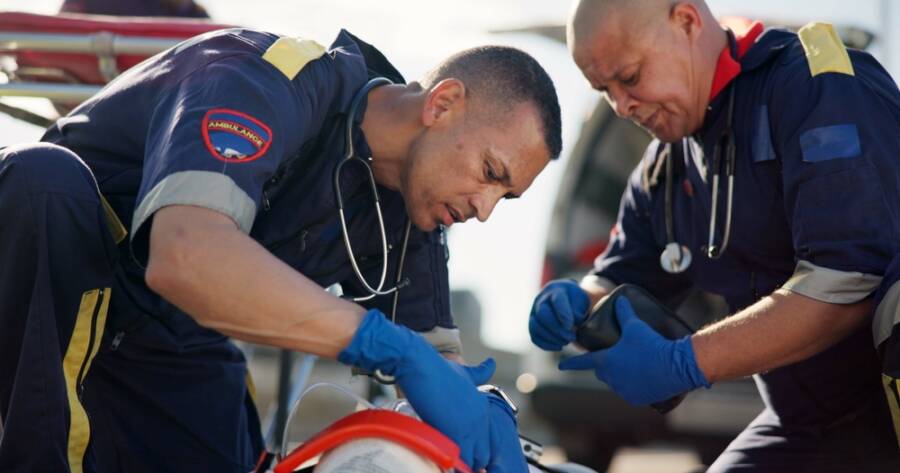Paramedics are often the first medical professionals to arrive at the scene of an emergency. Whether it’s a car accident, cardiac arrest, or natural disaster, paramedics provide critical pre-hospital care that can mean the difference between life and death. As the healthcare landscape evolves and emergency services face increasing demand, the need for qualified paramedics has never been greater. If you’re drawn to a fast-paced, hands-on medical career that truly makes a difference, becoming a paramedic might be the path for you.
Why Paramedics Are in High Demand
There are several factors driving the growing demand for paramedics across the United States and around the world.
First, the aging population is increasing the volume of emergency medical calls. Older adults are more likely to suffer from chronic conditions and acute health crises, which often require immediate intervention. As the baby boomer generation continues to age, emergency medical services (EMS) are seeing a steady rise in 911 calls.
Second, rural and underserved areas often struggle with limited access to healthcare, making paramedics essential for delivering lifesaving care where hospitals may be far away. These professionals serve as the frontline responders in communities with few healthcare resources.
Additionally, natural disasters, mass casualty events, and global pandemics have emphasized the need for well-trained EMS personnel. Paramedics are not just transporters—they are vital healthcare providers trained to assess situations, stabilize patients, and communicate critical information to hospitals in transit.
What Paramedics Do
Paramedics provide advanced emergency medical care at the scene of incidents and during patient transport. Their responsibilities include:
- Assessing a patient’s condition
- Administering medications and IVs
- Performing CPR and using defibrillators
- Managing airway obstructions and trauma
- Operating emergency vehicles
- Communicating with hospital staff to ensure continuity of care
Unlike EMTs (Emergency Medical Technicians), paramedics are trained in more advanced procedures and decision-making skills, often acting independently under pressure.
How to Become a Paramedic
1. Meet Basic Requirements
To begin the path toward becoming a paramedic, you’ll need a high school diploma or GED. You must also be at least 18 years old and have a valid driver’s license, since paramedics often operate ambulances.
2. Become a Certified EMT
Before you can become a paramedic, you must first become a certified EMT. EMT training typically takes 6 months to 1 year and includes courses in basic life support, trauma response, and patient assessment.
You’ll need to complete a state-approved EMT course and pass the National Registry of Emergency Medical Technicians (NREMT) exam to earn certification.
3. Enroll in a Paramedic Program
After gaining experience as an EMT, the next step is to complete a paramedic training program. These programs are offered by community colleges, universities, and technical schools, and usually take 1 to 2 years to complete.
Paramedic coursework includes advanced anatomy and physiology, pharmacology, cardiac life support, and clinical and field internships. Some programs result in an associate degree in emergency medical services.
4. Get Certified and Licensed
Upon completing a paramedic program, you must pass the NREMT paramedic exam to become nationally certified. Additionally, most states require paramedics to be licensed, which may involve additional exams or background checks.
5. Find a Job and Continue Learning
Paramedics are employed by ambulance services, fire departments, hospitals, air medical teams, and more. Due to high demand, job opportunities are widely available.
Continuing education is often required to maintain licensure. Many paramedics also pursue further training to become critical care paramedics, flight medics, or transition into related healthcare careers such as nursing or physician assistant roles.
Answering the Call: A Lifesaving Career Awaits
The need for paramedics is urgent and growing, offering a career with real impact and purpose. These first responders are the backbone of emergency medical care, bridging the critical gap between injury and treatment. If you’re looking for a meaningful job that challenges you, serves your community, and offers stability, becoming a paramedic could be your perfect calling.

